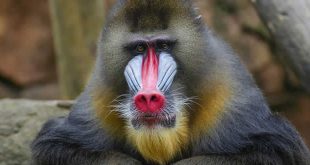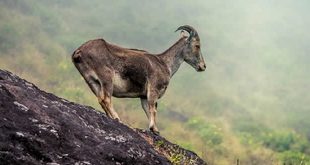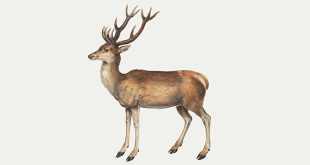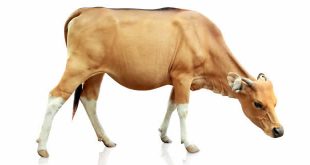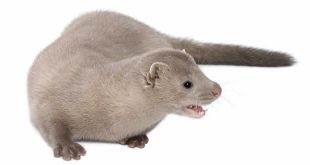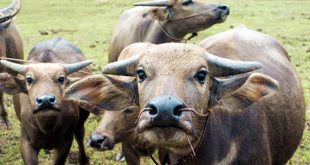 Bear Brown — The brown bear (Ursus arctos) is a mammal of the order carnivora distributed throughout the Northern hemisphere. Weighing up to 130–700 kg (290-1,500 pounds), the larger races of brown bear tie with the Polar bear as the largest extant land carnivores. It is sometimes referred to poetically as the bruin, from Middle English, based on the name of the bear in History of Reynard the Fox, translated by William Caxton, from Middle Dutch bruun or bruyn.
Bear Brown — The brown bear (Ursus arctos) is a mammal of the order carnivora distributed throughout the Northern hemisphere. Weighing up to 130–700 kg (290-1,500 pounds), the larger races of brown bear tie with the Polar bear as the largest extant land carnivores. It is sometimes referred to poetically as the bruin, from Middle English, based on the name of the bear in History of Reynard the Fox, translated by William Caxton, from Middle Dutch bruun or bruyn.
Brown bears have furry coats in shades of blonde, brown, black, or a combination of those colors. The longer outer guard hairs of the brown bear are often tipped with white or silver, giving a “grizzled” appearance. Their tail is 4-4.8 inches long. Like all bears, brown bears are plantigrades and can stand up on their hind legs for extended periods of time. Brown bears have a large hump of muscle over their shoulders which distinguishes them from other species. Brown bears are very powerful, even if considered pound for pound; a large specimen can break a neck or spine of a fully grown buffalo with a single blow. The forearms end in massive paws with very powerful claws up to 15 cm (5.9 inches) in length which are mainly used for digging. Brown bear claws are not retractable, giving them relatively blunt points. Their heads are large and round with a concave facial profile. Males are 38-50% larger than females. The normal range of physical dimensions for a brown bear is a head-and-body length of 1.7 to 2.8 m (5.6 to 9.2 feet) and a shoulder height 90 to 150 cm (35 to 59 inches). The smallest subspecies is the Syrian Brown Bear, with mature females weighing as little as 150 kg (331 lb). The largest subspecies of the brown bear are the Kodiak bear and the bears from coastal Russia and Alaska. It is not unusual for large male Kodiak Bears to stand over 3 m (10 feet) while on their hind legs and to weigh about 680 kg (1,500 lb). The largest wild Kodiak bear on record weighed over 1,100 kilograms (2,500 pounds). Bears raised in zoos are often heavier than wild bears because of regular feeding and limited movement. In zoos, bears may weigh up to 900 kilograms (2,000 pounds), one example being “Goliath” from New Jersey’s Space Farms Zoo and Museum. In spite of their size, some brown bears have been clocked at speeds in excess of 56 km/h (35 mph). Along with their strength and deceptive speed, brown bears are legendary for their stamina.
The brown bear is primarily nocturnal and, in the summer, puts on up to 180 kg (400 pounds) of fat, on which it relies to make it through winter, when it becomes very lethargic. Although they are not full hibernators, and can be woken easily, both sexes like to den in a protected spot such as a cave, crevice, or hollow log during the winter months. Brown bear are mostly solitary, although they may gather in large numbers at major food sources and form social hierarchies based on age and size.
 Kids Portal For Parents India Kids Network
Kids Portal For Parents India Kids Network
